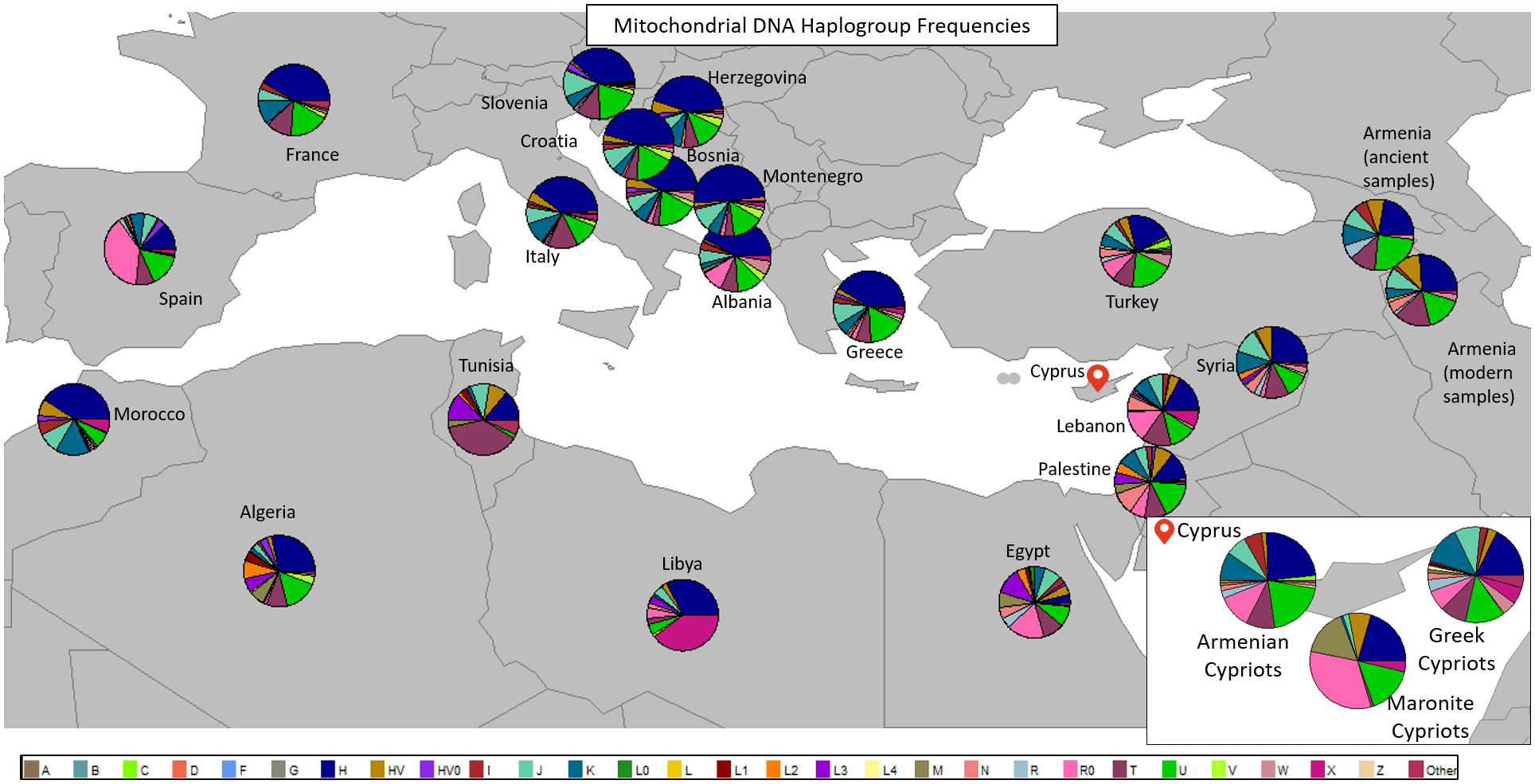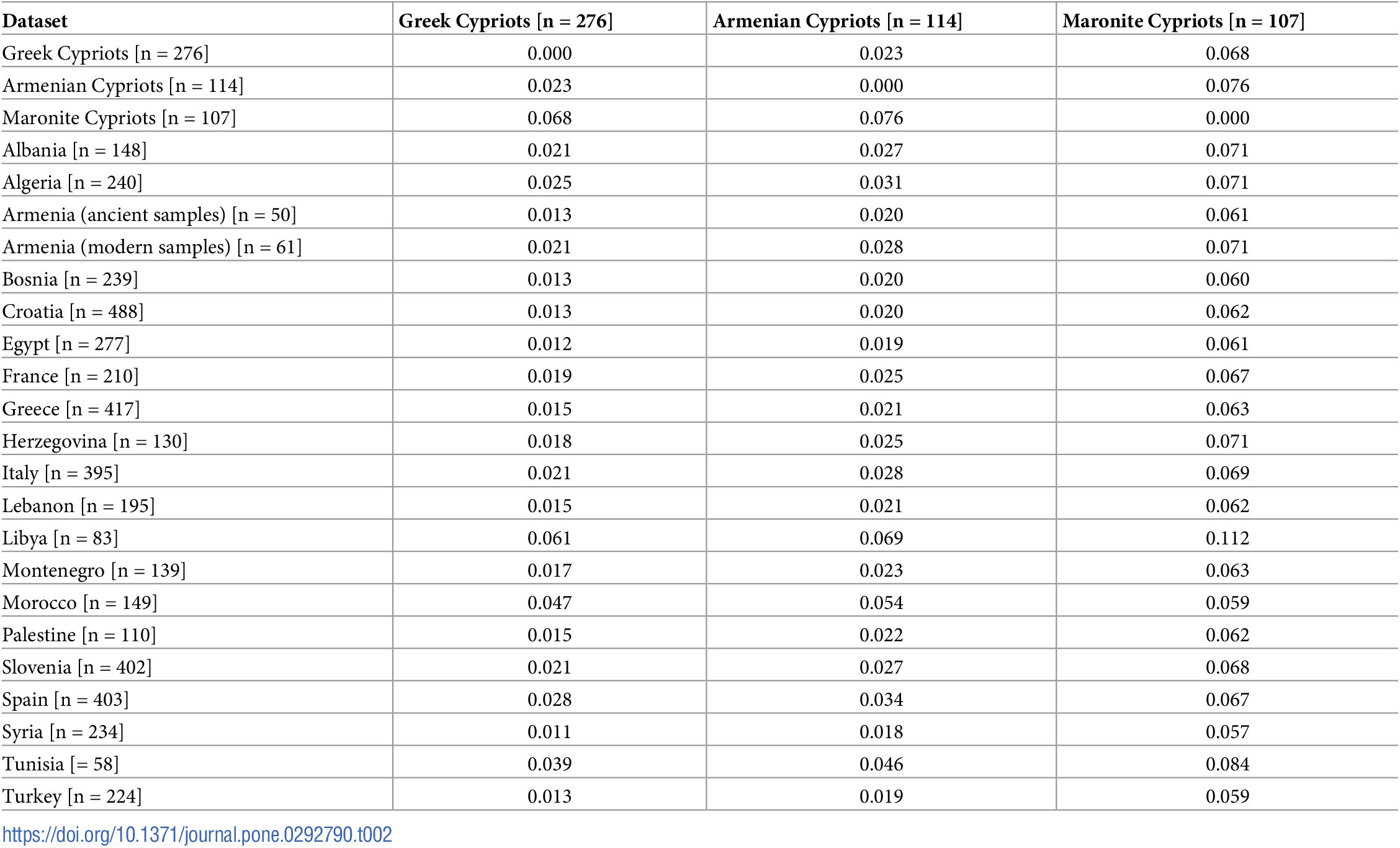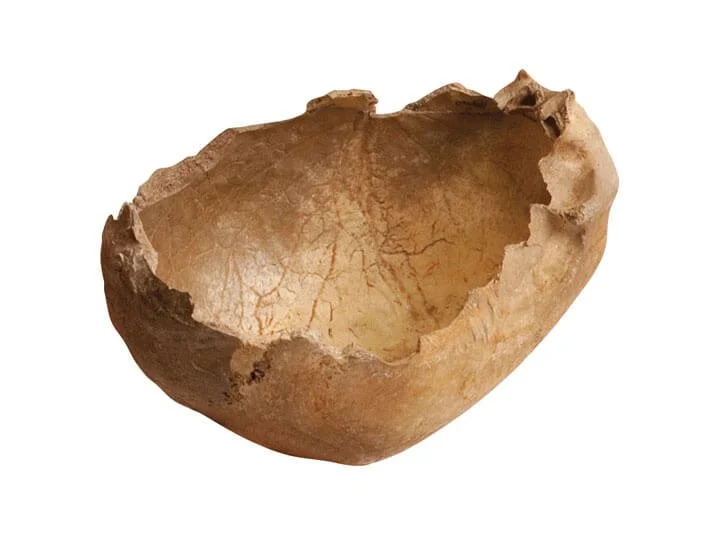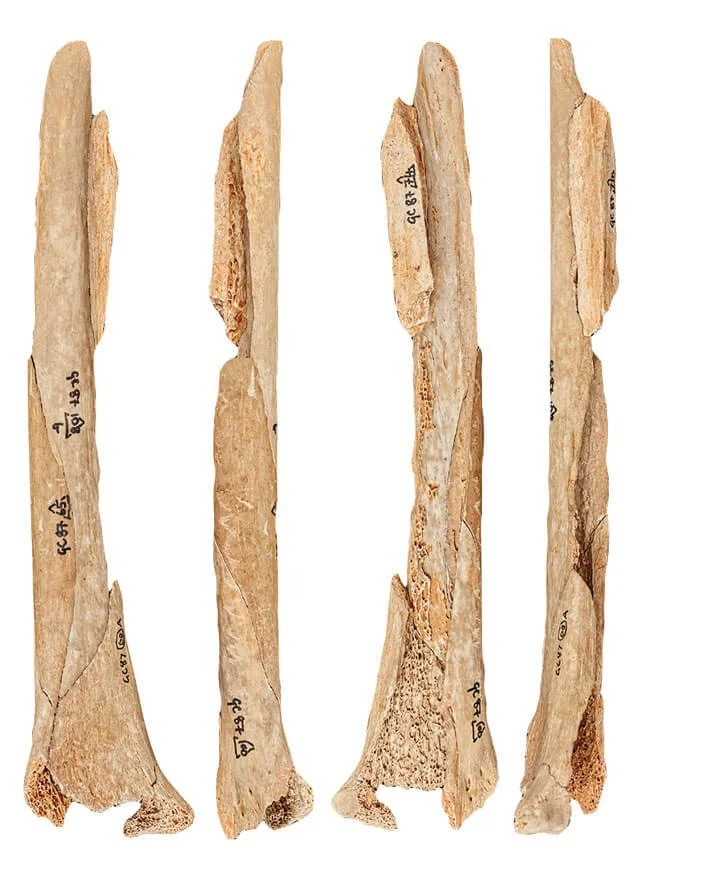A remarkable archaeological discovery has emerged on the Isle of Skye as the remnants of a lost village, believed to date back to the 17th or 18th century, were unearthed during a specialized forestry operation.
Twenty eight buildings were recorded by AOC Archaeology's survey. Pic: Forestry and Land Scotland © Other
Nestled in Glen Brittle, the site, known as Brunell, lay obscured beneath a dense Sitka spruce plantation planted in 1977, until Forestry and Land Scotland (FLS) commissioned an archaeological survey ahead of the tree harvesting.
This once-thriving settlement, adorned with houses, byres, barns, and corn-drying kilns, had a bustling community of approximately 2,250 individuals engaged in farming activities, including cattle, sheep, and horses, to sustain their livelihoods.
However, historical records indicate a decline in population over time, with census data revealing a gradual decrease to 1,769 inhabitants before the village's ultimate abandonment. It is speculated that the shift towards consolidating smaller farms into larger grazing areas for sheep played a role in the village's decline and eventual abandonment.
FLS, in collaboration with AOC Archaeology, meticulously surveyed the area, documenting 28 buildings, some of which had been concealed by windblown trees over the years. The findings guided the careful planning and execution of the tree-felling operation, with measures in place to safeguard the historic ruins from damage.
Pic: Forestry and Land Scotland© Other
As a result, cleared areas now reveal some of the uncovered buildings, while others remain nestled beneath the forest canopy, preserving the rich history of this lost village for future exploration and study.
This remarkable discovery sheds new light on the island's past and underscores the importance of preserving and uncovering its hidden treasures for generations to come.








































